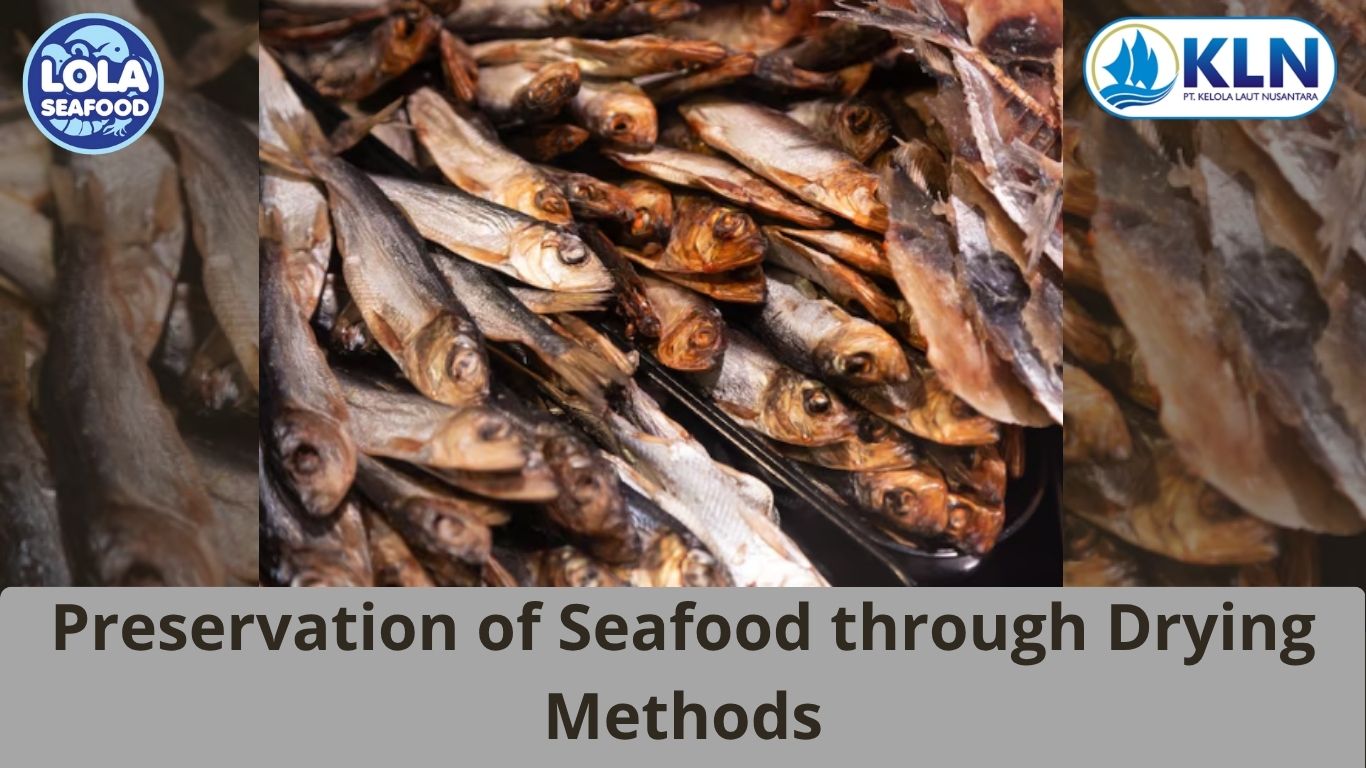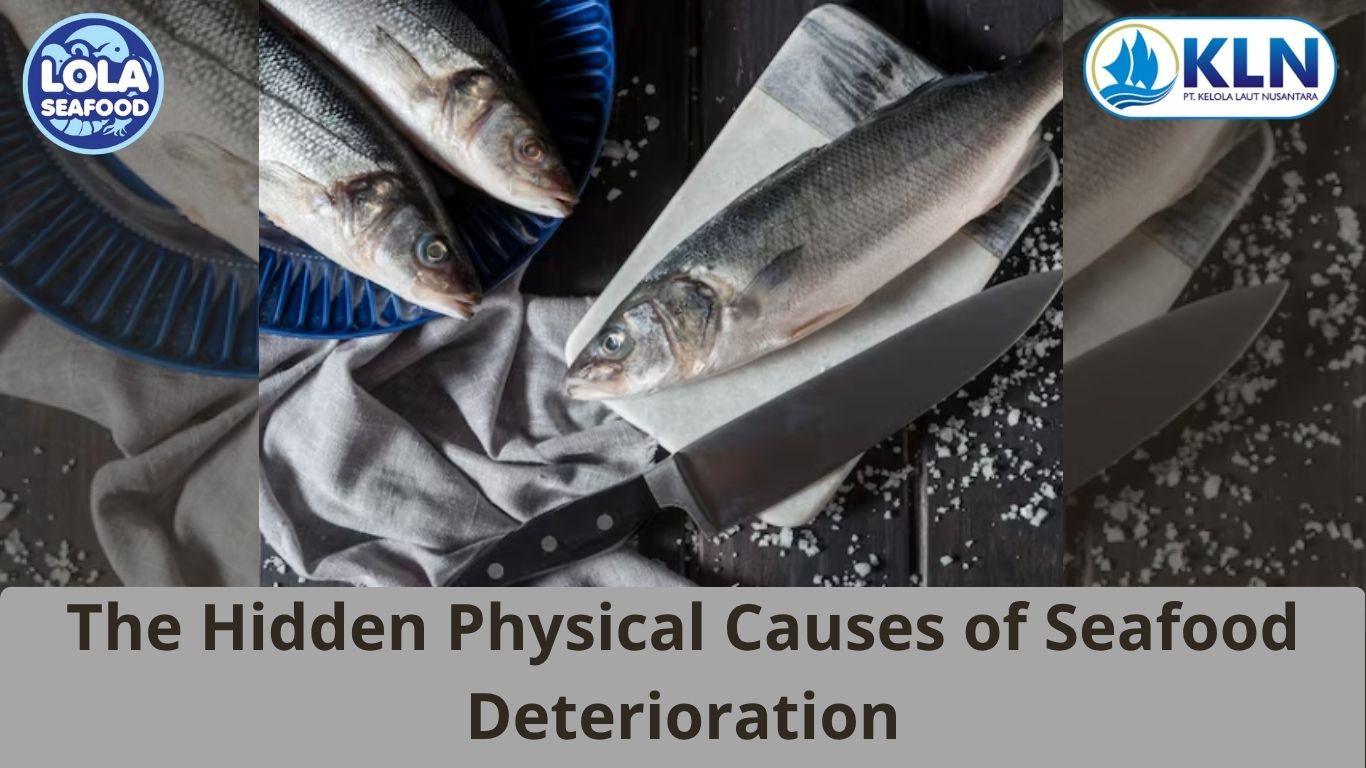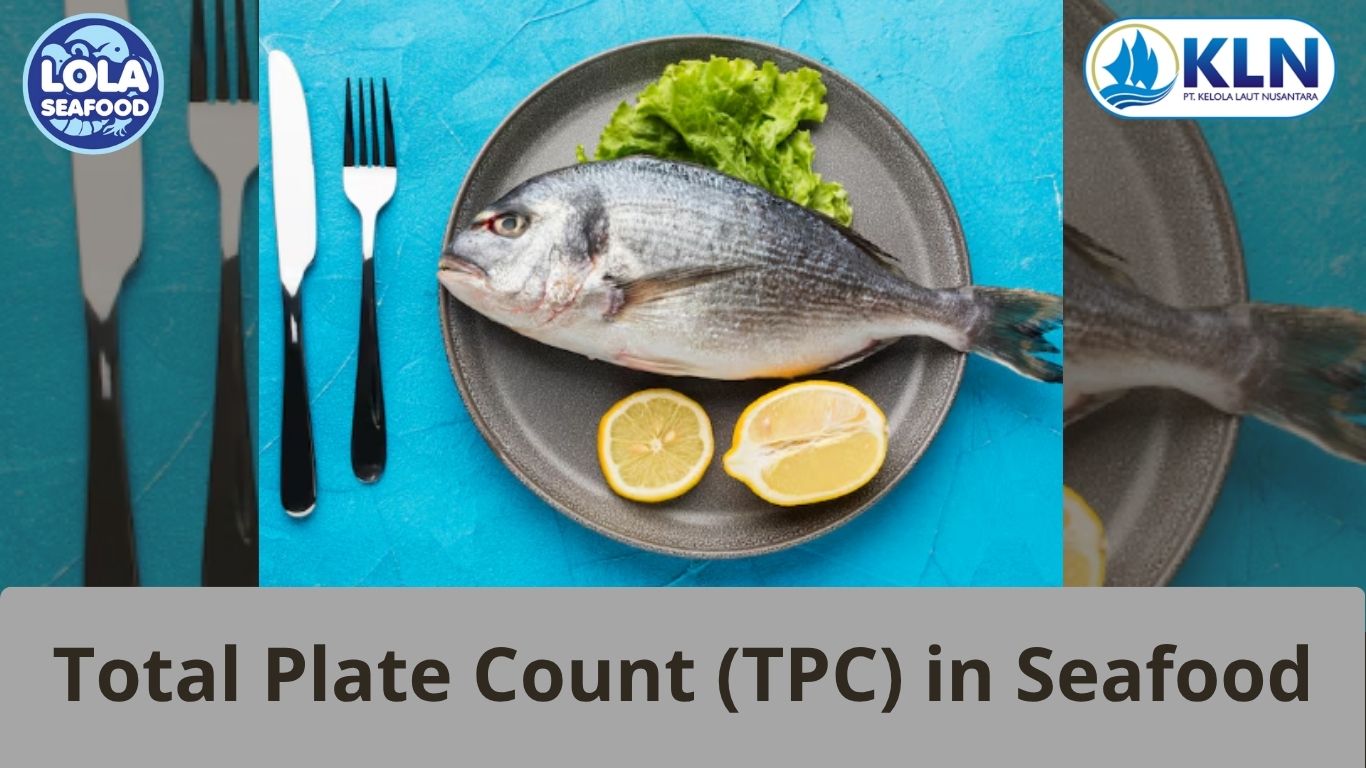Regal Waters – A Natural History of the Emperor Fish
By. Najih - 23 Jun 2025
kelolalaut.com Emperor fish (genus Lethrinus) are captivating inhabitants of Indo-Pacific reefs, often called the “princes” of coral ecosystems. With approximately 25 recognized species, their name “emperor” evokes both their bold appearance and ecological role. Among the most familiar are the orangespine emperor (Lethrinus erythrurus), longface emperor (L. olivaceus), and two-spot emperor (L. harak), each distinguished by hues of olive, bronze, and striking lateral bands.
Anatomy & Appearance
Emperors reach lengths of 30–70 cm, with robust, laterally compressed bodies. A prominent face—especially in L. olivaceus—features a convex forehead and a pointed snout. Their strong teeth and jaws are adapted for feeding on hard-shelled prey, like mollusks and crustaceans. Colouration varies across species and age but often includes silvery or golden tones punctuated by red or yellow lips and eye-catching markings.
Habitat & Distribution
These fish thrive in shallow coral reefs, lagoons, and seagrass meadows—from the Red Sea to Samoa and southern Japan. Juveniles favor sheltered reefs, while adults frequent outer reefs or drop-offs up to 100 m deep. Their broad range supports rich biodiversity and benefits regional fisheries.
Behaviours & Diet
Emperors are mostly diurnal, actively foraging during daylight. Using powerful jaws, they crush and extract prey such as crabs, snails, sea urchins, and small fish. This predatory behavior helps regulate invertebrate populations, maintaining coral reef balance. They are solitary or form small groups. At dusk, some species migrate from reef flats to deeper evening habitats.
Reproduction & Lifespan
Spawning usually occurs seasonally—often linked to lunar cycles or rising seawater temperatures. Many emperor species are protogynous hermaphrodites: starting as females and transitioning to males later in life. This reproductive flexibility helps maintain social and population structure. They can live up to 15 years, although exact longevity depends on species and fishing pressure.
Human Importance & Conservation
The emperor fish are popular targets for commercial and artisanal fisheries due to their firm, excellent-quality flesh. They’re staples in regional markets across Southeast Asia and the Western Pacific. However, especially in coral-dependent species, overfishing poses significant threats. Habitat degradation—like coral bleaching—compounds the issue.
Sustainable management strategies, including size and catch limits, seasonal closures, and marine protected areas, are being implemented to preserve emperor stocks. Public education about reef conservation and locally led community projects are essential in balancing ecological health with economic subsistence.
.jpg)







